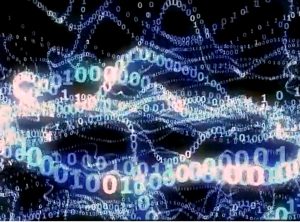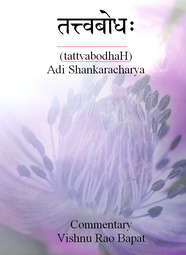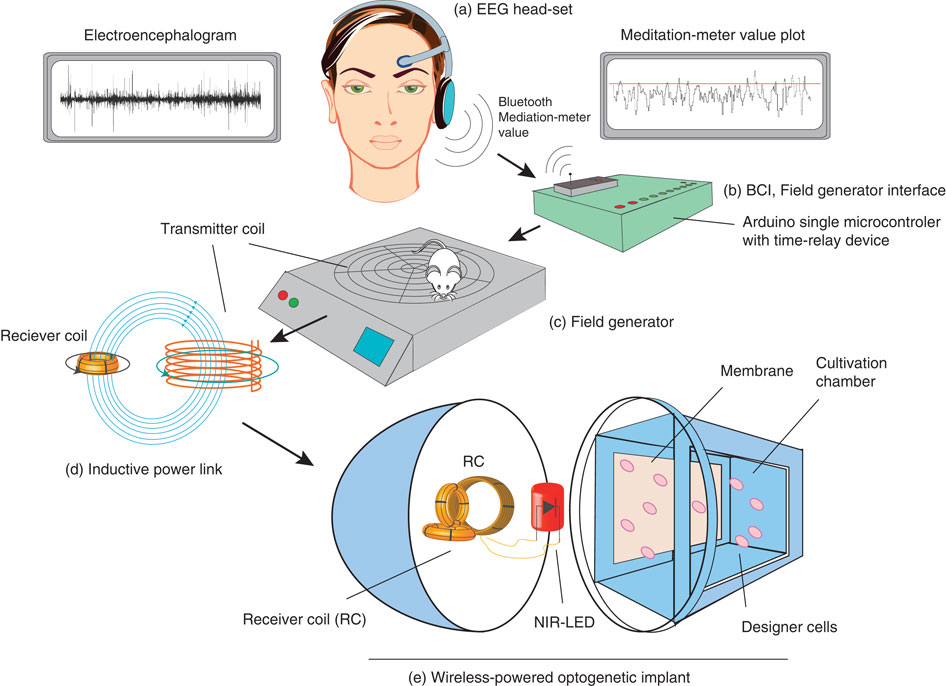“In order to understand a new material, one has to understand its Intrinsic properties as well as its Assumed (Transient) properties. The intrinsic properties of Brahman are Sat (Reality), Chit (Consciousness) and Ananda (Bliss). His transient or assumed qualities are Creation, Sustenance and Dissolution. One should know both these qualities of Brahman in order to understand him. It is very difficult to directly comprehend or talk about the intrinsic qualities of Brahman. That’s why, at many places, the Vedas firstly talk about the assumed, temporary or transient qualities of the Brahman and then explain Brahman in terms of his natural intrinsic qualities.
The following quote from Taittiriyopanishad is very pertinent in this context among all the statements in the Vedas about the transient qualities of Brahman:
यतोवा इमानि भूतानि जायन्ते
येन जातानि जीवन्ति
यत्प्रय्त्यभिसंविशन्ति || — III-1-i, taittirIya upanishad
It means: “Brahman is that from which all the five major elements like the sky are born, by which all that were born are sustained and into which all those sustained finally enter and unify with it.”
The properties of creation, sustenance and dissolution do not always adhere to the Brahman. Therefore, they are to be called as temporarily assumed characteristics. Both Vasishta and Valmiki Maharishis prepared the scope of their teachings in YogavAsiShTha keeping this fact in mind. ” — From: p: 1-2, Yogavaasishta, Part III – Sustenance, K. V. Krishna Murthy, (English translation Dr. Vemuri Ramesam), Avadhoota Datta Peetham, Mysore, India, 2006.
The transient qualities are the Appearance.
The intrinsic qualities are the Reality.






